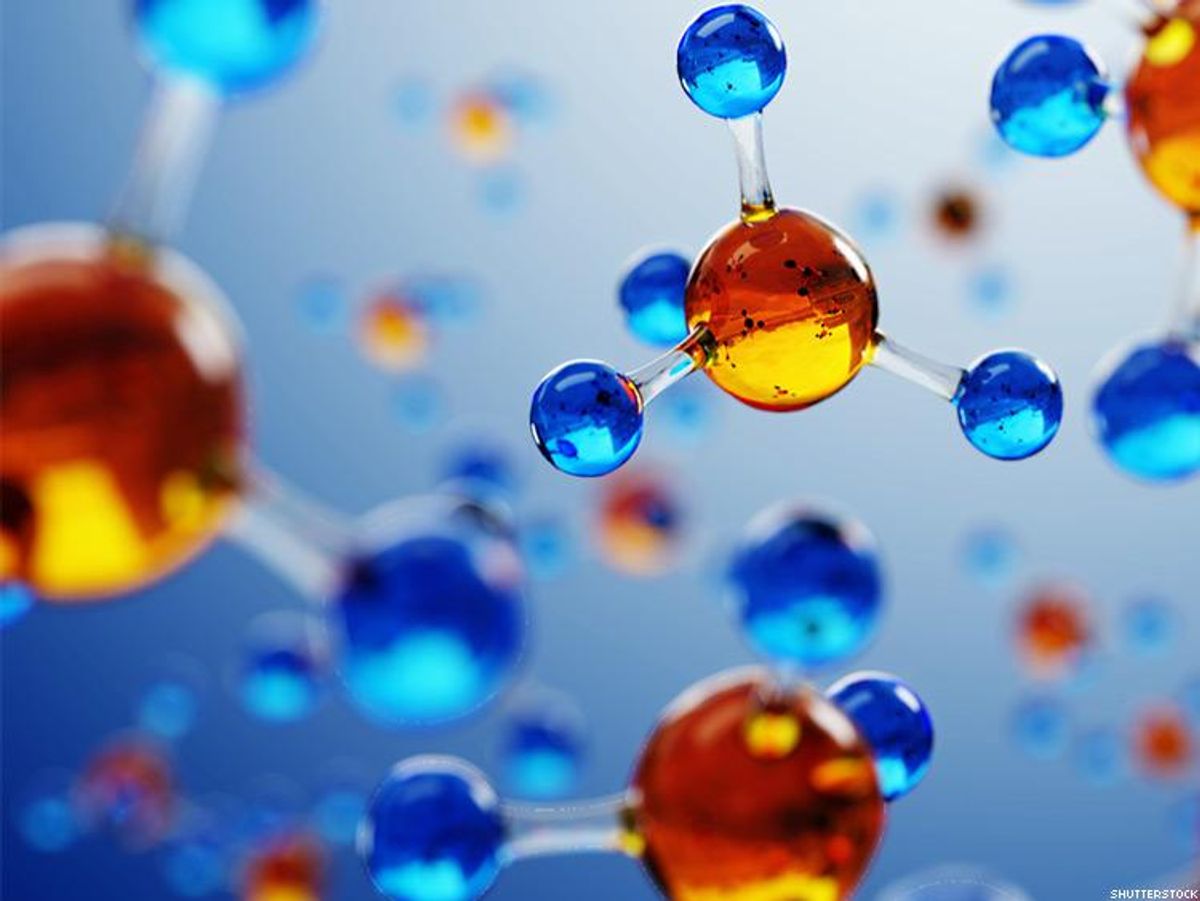The Cure
Yes, Kick and Kill is an HIV Cure Strategy That May Work

A new molecule wakes up virus cells, allowing researchers to kill them on the spot. The "kick and kill" strategy is proving to be a reality.
October 07 2017 4:39 PM EST
By continuing to use our site, you agree to our Privacy Policy and Terms of Use.

A new molecule wakes up virus cells, allowing researchers to kill them on the spot. The "kick and kill" strategy is proving to be a reality.
Researchers have been investigating a strategy called “kick and kill,” which aims to wake inactive HIV cells hiding inside reservoirs while a person is on treatment, and knocks them out on the spot — thus killing them, so they will not be able to “wake” and replicate if a person discontinues treatment.
While antiretroviral therapy suppresses the virus to such low lengths, making them undetectable, which means it’s impossible to transmit HIV to an HIV-negative partner. The greatest barrier towards getting a permanent cure has always been inactive virus cells lying dormant within reservoirs because researchers know that once a person gets off treatment, these “inactive” cells become active again.
Medications are currently unable to rid the body of the virus. However, researchers from UCLA, Stanford University, and the National Institutes of Health have come up with a new approach to the “kick and kill” strategy.
The researchers’s solution involves sending an agent to wake up these hidden cells in lab animals with a synthetic molecule they codeveloped, according to a study published in PLOS Pathogens.
After giving antiretroviral drugs to mice that had been transmitted with HIV, researchers administered a synthetic compound called SUW133 to wake the mice’s inactive HIV cells. Later it was discovered that nearly 25 percent of these inactive cells died within 24 hours.
"Our study suggests that there may be means of activating latent virus in the body while the patient is on antiretroviral drugs to prevent the virus from spreading, and that this may eliminate at least some of the latent reservoir,” said Matthew Marsden, an assistant professor of medicine in the division of hematology oncology at the David Geffen School of Medicine at UCLA, and the study's lead author.
The molecule is based on bryostatin 1, a natural compound extracted from a marine animal called Bugula meriting. It’s apparently less toxic than the naturally occurring version.
"The findings are significant because several previous attempts to activate latent virus have had only limited success," said senior author Jerome Zack, professor and chair of the UCLA department of microbiology, immunology and molecular genetics at the Geffen School, and director of the UCLA Center for AIDS Research. "Most studies showed weak activation of the virus, or severe toxicity, with little effect on the reservoir."
SUW133 has yet to be tested on humans, but with further study, researchers believe it will have the ability to lower viral reservoirs even more so that HIV-positive people are able to stop treatment for much longer periods of time — perhaps altogether.